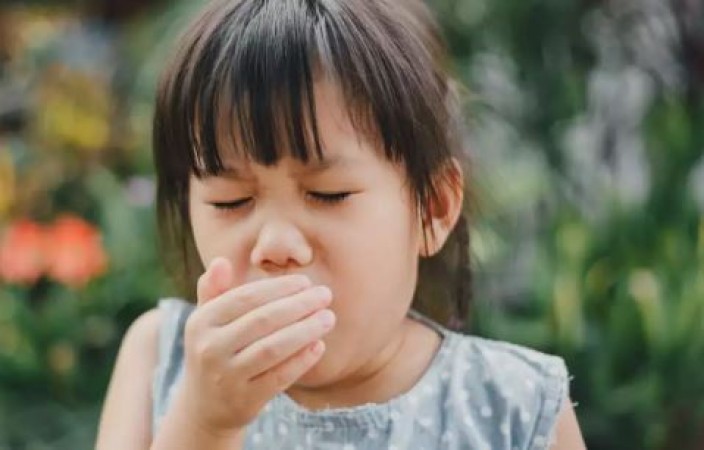
Whooping cough, also known as pertussis, is a highly contagious respiratory disease caused by the bacterium Bordetella pertussis. It primarily affects the airways, leading to severe coughing spells that can make breathing difficult. In recent years, whooping cough has been causing significant concern in many countries due to outbreaks and its potential to cause serious complications, especially in infants and young children.
Whooping cough remains a significant public health issue worldwide, despite the availability of vaccines. Outbreaks continue to occur in various regions, with reported cases increasing in some countries. The disease can affect individuals of all ages, but infants, particularly those too young to be fully vaccinated, are at the highest risk of severe complications and death.
Several factors contribute to the spread of whooping cough:
Lack of Vaccination: Inadequate vaccination coverage or incomplete vaccination schedules leave populations vulnerable to infection and contribute to the spread of the disease.
Waning Immunity: Immunity acquired from vaccination or previous infection may decrease over time, increasing the susceptibility of individuals, including adolescents and adults.
Close Contact: Whooping cough spreads through respiratory droplets when an infected person coughs or sneezes. Close contact with an infected individual, particularly within households and communities, increases the risk of transmission.
Recognizing the symptoms of whooping cough is crucial for early detection and prompt treatment. The disease typically progresses through several stages, each characterized by distinct symptoms:
Severe Coughing Spells: The characteristic symptom of whooping cough is severe, uncontrollable coughing spells that often end with a characteristic "whoop" sound as the person gasps for air.
Vomiting: Coughing spells may be so severe that they lead to vomiting or exhaustion.
Difficulty Breathing: Infants and young children, in particular, may experience episodes of apnea (brief pauses in breathing) during coughing fits.
Prevention is key to controlling the spread of whooping cough and protecting vulnerable populations, especially infants and young children. Effective prevention strategies include:
Routine Immunization: Following recommended vaccination schedules for infants, children, adolescents, and adults helps build immunity against whooping cough.
Pertussis Booster: Adolescents and adults, including pregnant women, should receive a pertussis booster vaccine to maintain immunity and reduce the risk of transmission to vulnerable individuals.
Hand Hygiene: Regular handwashing with soap and water, especially after coughing or sneezing, can help prevent the spread of respiratory infections.
Cough Etiquette: Covering mouth and nose with a tissue or elbow when coughing or sneezing can minimize the release of respiratory droplets into the air.
Stay Home When Sick: Individuals experiencing symptoms of respiratory illness, including coughing, should stay home to avoid exposing others to the infection.
Limiting Exposure: Minimizing close contact with individuals known to have whooping cough can reduce the risk of transmission.
Early Diagnosis and Treatment: Prompt diagnosis and appropriate treatment with antibiotics can help reduce the severity and duration of symptoms and prevent further transmission.
Isolation: Infected individuals should stay home from work, school, or other activities until they are no longer contagious, as advised by healthcare providers.
Whooping cough continues to pose a significant health threat in many parts of the world, highlighting the importance of vaccination, early detection, and prevention measures. By staying informed about the symptoms of whooping cough and adopting preventive strategies, individuals and communities can help mitigate the impact of this contagious disease.
These places in India are best for honeymoon, spend quality time with your partner
Make a plan to go here with your partner, this is a romantic destination
These are the best tourist places to visit in Uttarakhand, you can plan with friends in budget